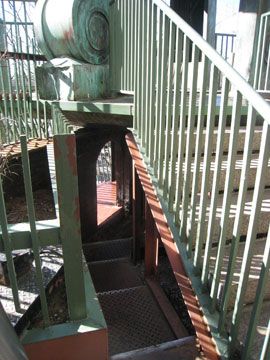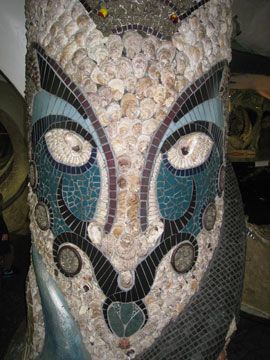
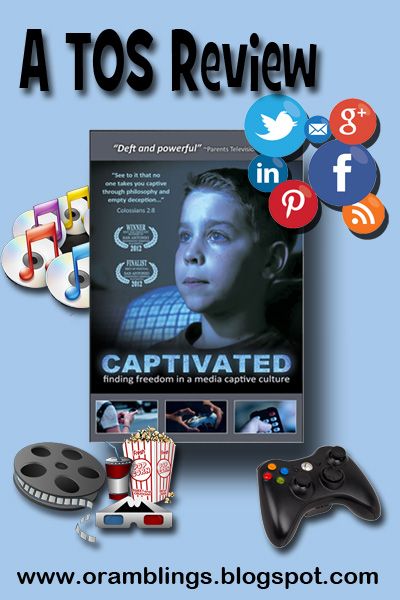 When the opportunity arose to review a documentary on media and discernment by Media Talk 101 I knew it was something I needed to see. However when the Captivated DVD arrived in the mail I promptly left in the catch-all spot near my front door and didn’t touch it for three weeks because I also knew it was something I didn’t want to see. I made the assumption beforehand that I would just be made to feel guilty about how much time my family watches TV and my son plays video games. I already had the excuses ready to shout back at the screen –“It’s been a bad winter and we’ve been stuck inside,” or “My son is an only child and all the other kids in the neighborhood are still in school when we finish for the day.” Still I had to watch it for the review….and you know what? I learned something.
When the opportunity arose to review a documentary on media and discernment by Media Talk 101 I knew it was something I needed to see. However when the Captivated DVD arrived in the mail I promptly left in the catch-all spot near my front door and didn’t touch it for three weeks because I also knew it was something I didn’t want to see. I made the assumption beforehand that I would just be made to feel guilty about how much time my family watches TV and my son plays video games. I already had the excuses ready to shout back at the screen –“It’s been a bad winter and we’ve been stuck inside,” or “My son is an only child and all the other kids in the neighborhood are still in school when we finish for the day.” Still I had to watch it for the review….and you know what? I learned something.
I always thought of media as a product (and its over-consumption as a problem) of the modern age. You know television, internet, texting, and video games…but there’s nothing new under the sun. The first telegraph message was sent in 1844. It didn’t take long before telegraph operators were missing their work by playing a “virtual” checkers game and “chatting” over the lines. The wireless operators on the Titanic were working so late on a backlog of messages for passengers that they missed the one warning about icebergs that could have saved the ship. The only differences today are the variety of media available and the speed at which they now fly at us.
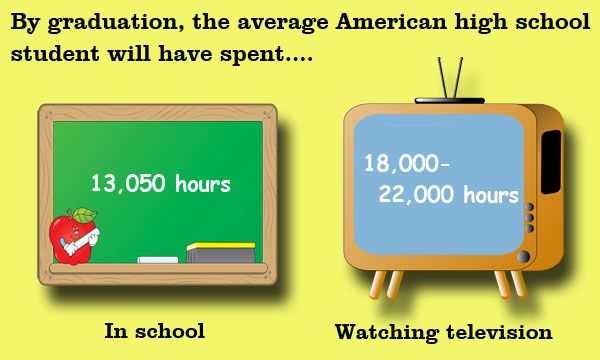
Captivated is broken into five sections:

Intro/Consumption:
Here we listen to just how much time is spent on media—watching TV, playing games, texting. And it’s becoming a round-the-clock binge.

Content:
Music, movies, games, etc. can either bring positive or negative messages—not just negative but harmful to children. This statement came from the Motion Picture Production Code of 1930—a promise to self regulate before state and federal censure laws were enacted. The code was changed, skirted and liberally interpreted for years and finally abandoned in 1968.

Captivity:
Studies show that playing virtual games can produce the same feelings of accomplishment as real life, but you really haven’t done anything. The lady on the left was so obsessed with Farmville she set up false accounts to “gift” herself objects for the came. She wore herself out doing virtual chores for hours. Now she tends to real gardens in her yard.
 Battleground:
Battleground:
Media is not neutral. The bottom line is that this is a battle for our minds and our children’s mind—how we think, live, vote, etc. The first step is to put on the full armor of God.
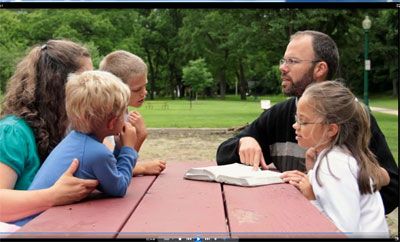
Freedom:
Practical tips to implement a media fast in your family. Fair warning, kids will probably be grumpy. Go outdoors (leave the cell phones and IPads inside). Plan activities to fill the void. One of the best choices would be to add family Bible time.
In the Bonus Features, there are extended interviews of the experts from the documentary (9 interviews, 5-23 minutes long) and a message from the producer to clarify that he’s not anti-technology/anti-media. I can confirm this through outside sources as Media Talk 101 has recently taken over sponsorship of the Christian Worldview Film Festival in San Antonio, TX.
I watched this video by myself with a pad and paper to write things I wanted to remember and ideas I wanted to try in our home. I didn’t make my son watch it, but I have hade discussions with him about some of the things I learned. Now when I see him watching game shows I’ll stop and ask “Is this a wise use of your time?” I didn’t feel the guilt I expected to feel—in fact, I see we’re ahead of the game in a lot of areas – we only allow video games rated E, we have picky standards of what movies and TV shows we watch, we rarely partake in social media on the computer outside of work and our son doesn’t use it at all. The next step will be for my husband and I to prayerfully consider a media fast for our family.
The Captivated DVD ($16.95) contains a 107 min. documentary and 4 bonus features. It is meant for parents –you may choose to share portions with your kids. I recommend it to all parents but homeschoolers especially. We’ve gone to great lengths to keep certain worldviews away from our kids by teaching them at home, but how much of those same worldviews are we letting sneak in through our TV’s, DVDs, MP3 players, and computer screens. This documentary gives a lot of food for thought. There are Spanish subtitles available through the Setup menu. According to the setup screen English closed captioning for the hearing impaired should be available through my TV, but I couldn’t get them to appear.



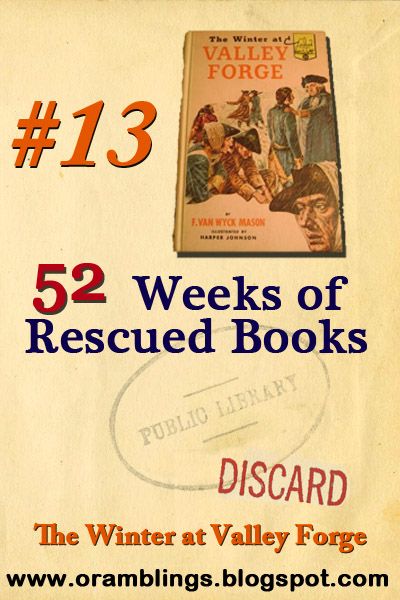






 Ethan Allen and the Green Mountain Boys. Brown, Slater, and William C. Moyers (Illus.) New York: Random House, 1956. 179 pp.
Ethan Allen and the Green Mountain Boys. Brown, Slater, and William C. Moyers (Illus.) New York: Random House, 1956. 179 pp.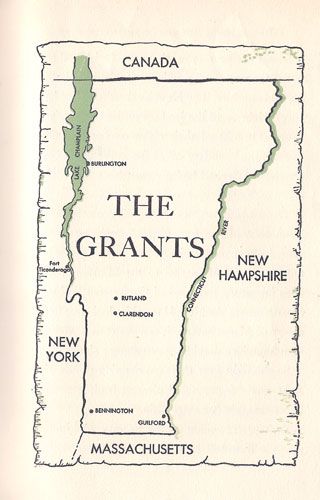 in the past.
in the past.

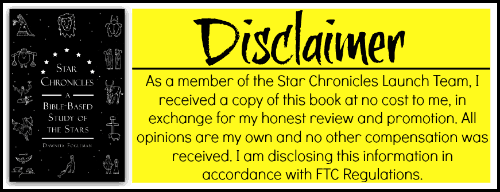
 It’s wacky weather time – one day in the high 70’s, the next is snowing and we don’t even reach the freezing mark. And when it’s cold I want the comfort of a thick soup. This recipe was passed on to me from someone who knows I like freezable dishes. A version of this soup has been served daily in the Senate dining room for over a century (no political jokes about “hot air” and beans at this time).
It’s wacky weather time – one day in the high 70’s, the next is snowing and we don’t even reach the freezing mark. And when it’s cold I want the comfort of a thick soup. This recipe was passed on to me from someone who knows I like freezable dishes. A version of this soup has been served daily in the Senate dining room for over a century (no political jokes about “hot air” and beans at this time).
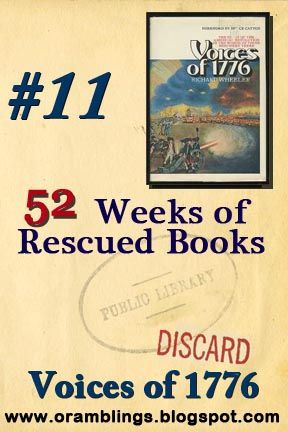





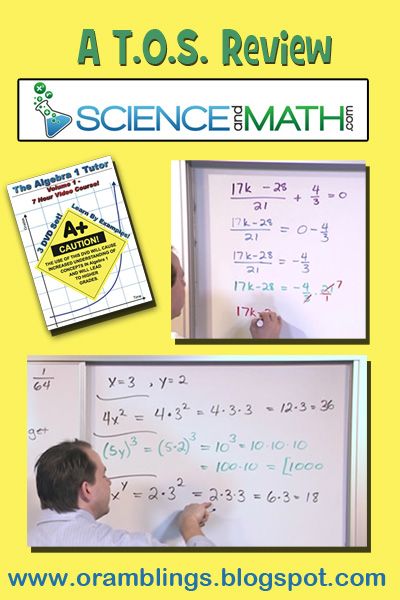 This is not our first review of DVD’s from
This is not our first review of DVD’s from 
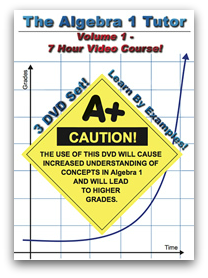 Disk 1
Disk 1

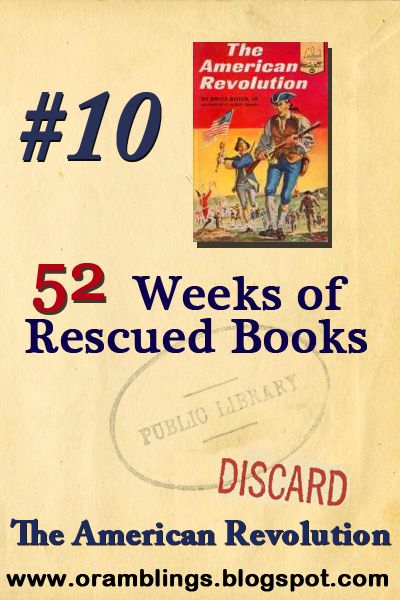
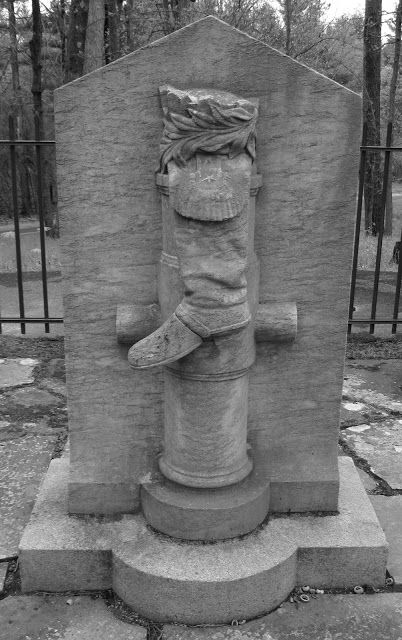
 It’s been quite a winter hasn’t it? Every week it seems I see a school closings list crawling across the bottom of my morning news. Occasionally my Schnickelfritz will be up at that hour and comment “why don’t we get to take a snow day?” To be fair, we did….the first snow of the season we drank hot chocolate, made snow ice cream, and went sledding. Since then we’ve seen our local school district closed more than a dozen times for snow, ice, or just really cold temps (I guess they don’t want the kids waiting out at the bus stops), and I’ve heard complaints about “homeschoolers never get a snow day.” Well guess what, homeschoolers get to take off a perfectly fine day and go to the City Museum! And that’s just what we did last week with several other HS families in our area.
It’s been quite a winter hasn’t it? Every week it seems I see a school closings list crawling across the bottom of my morning news. Occasionally my Schnickelfritz will be up at that hour and comment “why don’t we get to take a snow day?” To be fair, we did….the first snow of the season we drank hot chocolate, made snow ice cream, and went sledding. Since then we’ve seen our local school district closed more than a dozen times for snow, ice, or just really cold temps (I guess they don’t want the kids waiting out at the bus stops), and I’ve heard complaints about “homeschoolers never get a snow day.” Well guess what, homeschoolers get to take off a perfectly fine day and go to the City Museum! And that’s just what we did last week with several other HS families in our area.
